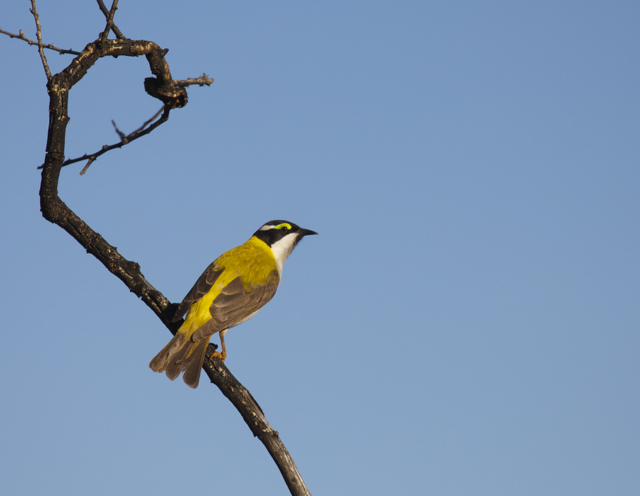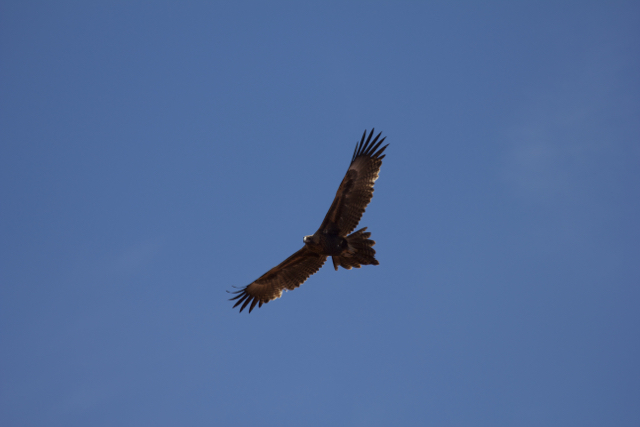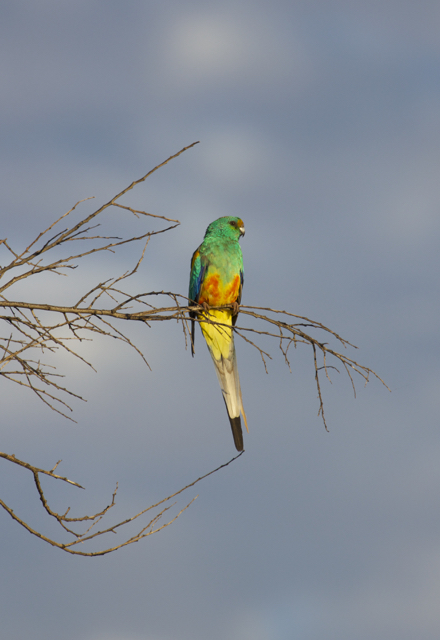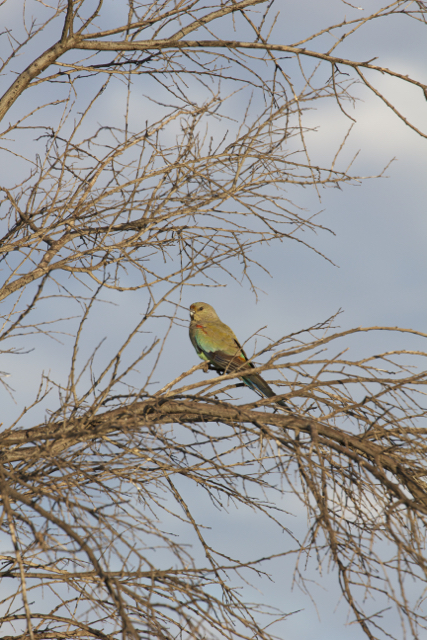Flowing rivers and bird portraits
/April in Alice Springs was heralded by a full week of constant rain. The beautiful cornflower blue sky, typical of Central Australia, was hidden behind a continuous sheet of grey. But the air was filled with the heady scent of wet eucalyptus and damp earth.
Simpsons Gap full of water, West MacDonnell Ranges, NT
The driveway was flooded, and my car was the cleanest it has been in months when it happened. The Todd began to flow. People poured out of their homes and workplaces to see the murky brown water spilling over floodways and filling the sandy banks. The boom gates were dropped and traffic filled the streets as everyone paused to soak in the sight.
They say that you can only call yourself a local in Alice Springs if you have seen the Todd flow three times. I guess I’m one down with two more to go!
Sadly, within a day of the rain stopping, the water in the Todd ceased to flow and all the water soaked into the sand and disappeared. Only a few tenacious puddles remained. But slightly further out of town, we discovered a number of ephemeral waterholes. Nestled into the edge of the range, sheltered by its shadow, these temporary water sources survived the return of sunny skies and warm temperatures. Even now, although they are shrinking day by day, these waterholes still exist and add a whole new dimension to the gorgeous desert landscape. Like a miniature oasis, they reflect the sky, the rocks and the trees.
Temporary waterhole, Alice Springs, NT
Water still lingers in many of the gorges and gaps throughout the West MacDonnell Ranges, and there is a definite sense of green about the country surrounding Alice. This sudden bloom of green, unfortunately mostly provided by the pest buffel grass species (Cenchrus ciliaris), has already begun the carry on affect of plenty throughout the food chain. The grass is jumping with bugs and little critters; the birds are flocking and breeding up while there is plenty of food and water; and on the short drive between the clay pans and town, we saw 11 red kangaroos including a number of juveniles.
The birds in particular have been in fine form. With reliable food and water availability, the males are putting on their fancy feathers and are courting the females in full breeding plumage. Singing fiercely to defend their territories, brand new feathers gleaming, the birds have been coming out of hiding to pose beautifully. Birds that are not usually common around town can now be found just 10 minutes from my house. I have even been lucky enough to see some birds in the flesh that I have only ever seen in the photographs of others.
Mulga Parrots (Psephotus varius), looking like they’ve been in a paintball fight, feast on Ruby Saltbush. Chattering Zebra Finches (Taeniopygia guttata) gather amongst the bare branches of low bushes to preen. Golden-backed Honeyeaters (Melithreptus gularis laetior) closely investigate two photographers crouching in the grass. And Weebills (Smicrornis brevirostris), the smallest bird in Australia, buzz overhead like giant beetles, only to perch out in the open singing their little hearts out.
Even though the water itself may not last, it has kick-started what will hopefully be an exciting winter full of lots of different animals and wildflowers.








